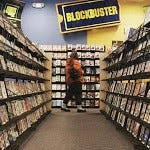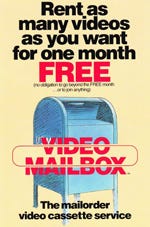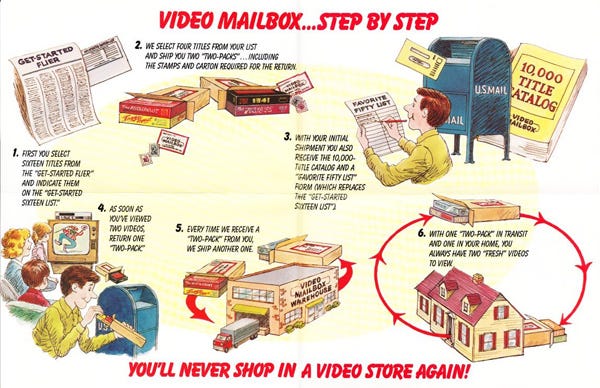The Numbers on 20 Years of Film Rental

In last week's blog I published the figures for how much the UK Film Industry has earned in revenue over the last 15 years. A couple of people expressed surprise that the rental market used to provide as much as 20% of the total income a feature film could earn. With that in mind, I've taken a quick took at the last 20 years of UK Home Video sales and rentals. In summary:
VHS rentals were at their highest in 1992
By 2007 the film industry stopped tracking VHS rentals as there were so few
VHS rentals in 1992 were almost four times higher than DVD rentals in 2012
The peak for VHS sales was 1998, and the DVD peak was in 2008.
The first Netflix-like service was offered in the 1980s, called Video Mailbox
Home Video is more than just VHS video
Home Video is the industry term for VHS, DVD and Blu-ray sales and rentals, and it is a sector which has changed beyond all recognition in the last decade. A case in point is Blockbuster Video, whose best year ever was 2004 and yet only six years later they were forced to file for bankruptcy. Not long after that, physical retailers like HMV have followed suit and the majority of physical sales and rentals are managed online. Below is a chart of the number of units rented in the UK, in millions of units.
Rental - The Forgotten Window
When I teach teenagers about the film industry I often have to spend time to explain why video rental was such big business. If you've grown up with a digital world of instant access to unlimited movies then the idea of physically going down to the video store to see what's on offer is alien. What students don't realise is that in the 1980s - 1990s, movies were released over a longer period of time, meaning that you would have had to wait around a year before being able to watch a movie at home which you've just seen at the cinema. This time gap between different ways of watching the movie is called a 'Window of Release' and it has been a topic for much controversy. Over the last few decades the amount of time between each 'window' has been shrinking. I intend to go into shrinking release windows in a separate blog, so for now suffice it to say that if you missed a film in the cinema then renting it became your next chance to see it, way before buying it was an option.
The public rented VHS tapes, but bought DVDs
The previous graph showed that DVD rentals never reached the volume of units which VHS did. The reverse is true with sales.
The cost of rental versus retail
The film industry has always preferred sales to rental as the revenue is larger and they get to keep more of it. Also, the price of a retail copy of a VHS or DVD is more flexible. We as consumers are willing to vary the amount we pay to purchase different titles, whereas the cost of renting a movie is more akin to the one-price-fits-all approach of cinemas. The price of purchased films has varied over the years.
Whereas, rental prices have been rather static.
Rental by post existed 20 years before Netflix

To give you a break from the numbers, let me tell you the true story of the first company to offer video rental by post. It worked like this...
Films were posted to the customer
You could keep them for a month
In a month you could rent as many as you wanted
All for a monthly flat fee
And there was even a 'One Month Free' offer
Sound like Netflix? In fact, it was a company called Video Mailbox. There's more on the story here and you can see their 1987 television commercial below.
https://www.youtube.com/embed/002B9ERCPIg



